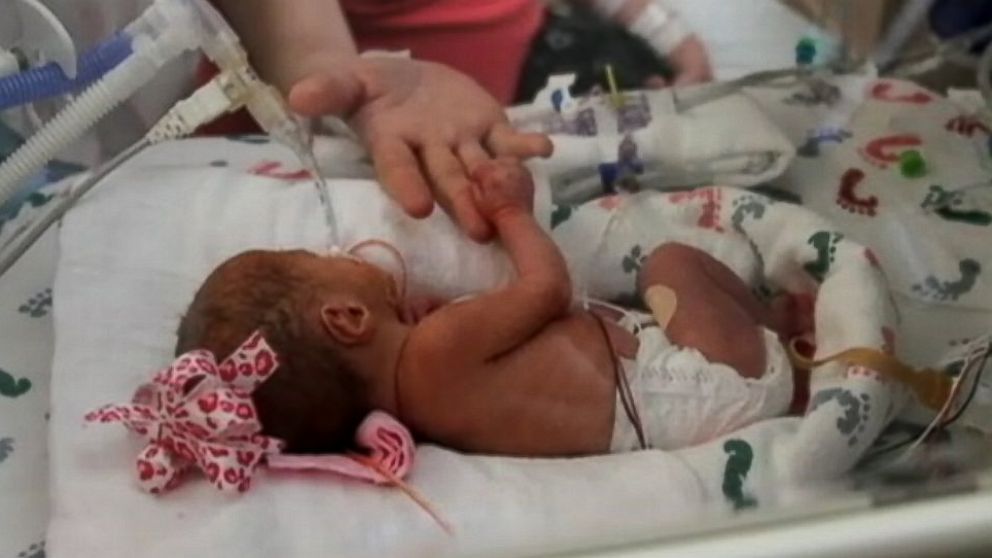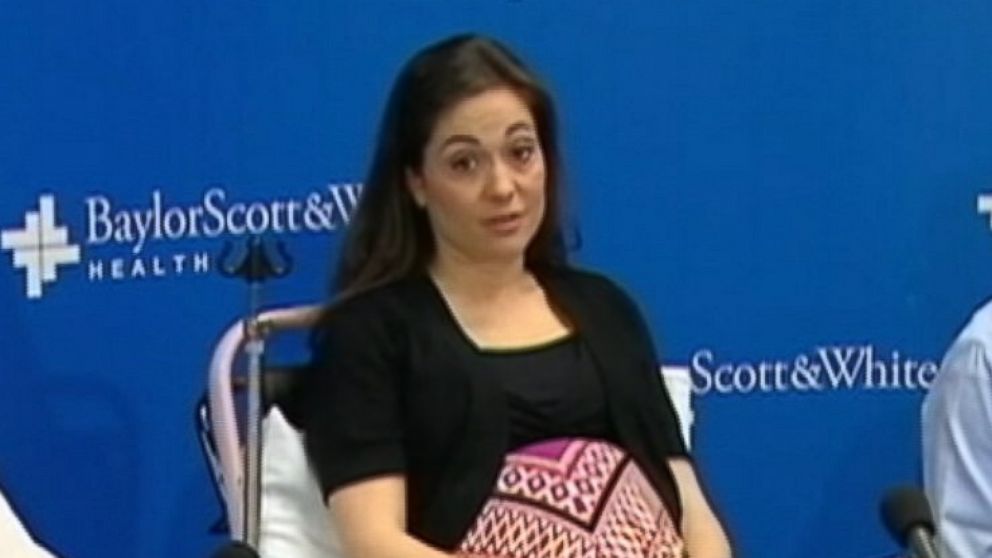Meet the New Quintuplets Born in Dallas
Texas quintuplets doing well, hospital says.
March 21, 2014— -- They’re tiny. They’re pink. And it took almost two-dozen doctors and hospital employees to bring them into the world this week.
Meet Mia, Tessa, Brant, Gracie and Rayleigh Seals, the Lone Star State's newest quintuplets, delivered via caesarean section on Tuesday at Baylor University Medical Center in Dallas. They were born eight weeks early -- 29 weeks and one day into Michelle Seals’ pregnancy –- but that’s a victory in a pregnancy with so many babies, which usually result in early labor.
"I knew early on that there were multiples. I was thinking that they were twins," Seals said during a news conference, according to WFAA, ABC’s Dallas affiliate. "There at the beginning, we would go back every week and they would find a few more."
Read about another mom's challenging pregnancy with quintuplets. And then see them on their first birthday.
In her blog, “The Sweet Life,” Seals wrote that she had taken several fertility drugs to become pregnant, but she didn’t undergo in-vitro fertilization. After suffering an early miscarriage in an attempt to give their now-2-year-old son a sibling, the 33-year-old and her husband decided their next attempt to get pregnant would be their last.
“We decided to try one more time and that was it, no matter what,” she wrote. “If it happened then we'd be happy and we'd be a family of four ... if it didn't happen, then we'd be perfectly happy with our sweet Brady.”
Instead, they became a family of eight.

The quints –- a first in the hospital’s 110-year history –- will stay in the neonatal intensive care unit for the next several weeks until they can go home. They weigh between 2 pounds, 7 ounces and 3 pounds, 6 ounces.
According to Baylor Medical Center, the babies are all “healthy and doing well,” but the Seals can’t hold them just yet.
"I want to hold them so bad, and then I'm looking forward to being home," Seals said.
Can't get enough quints? Check out photos of another set of quintuplets at birth and a year later.




